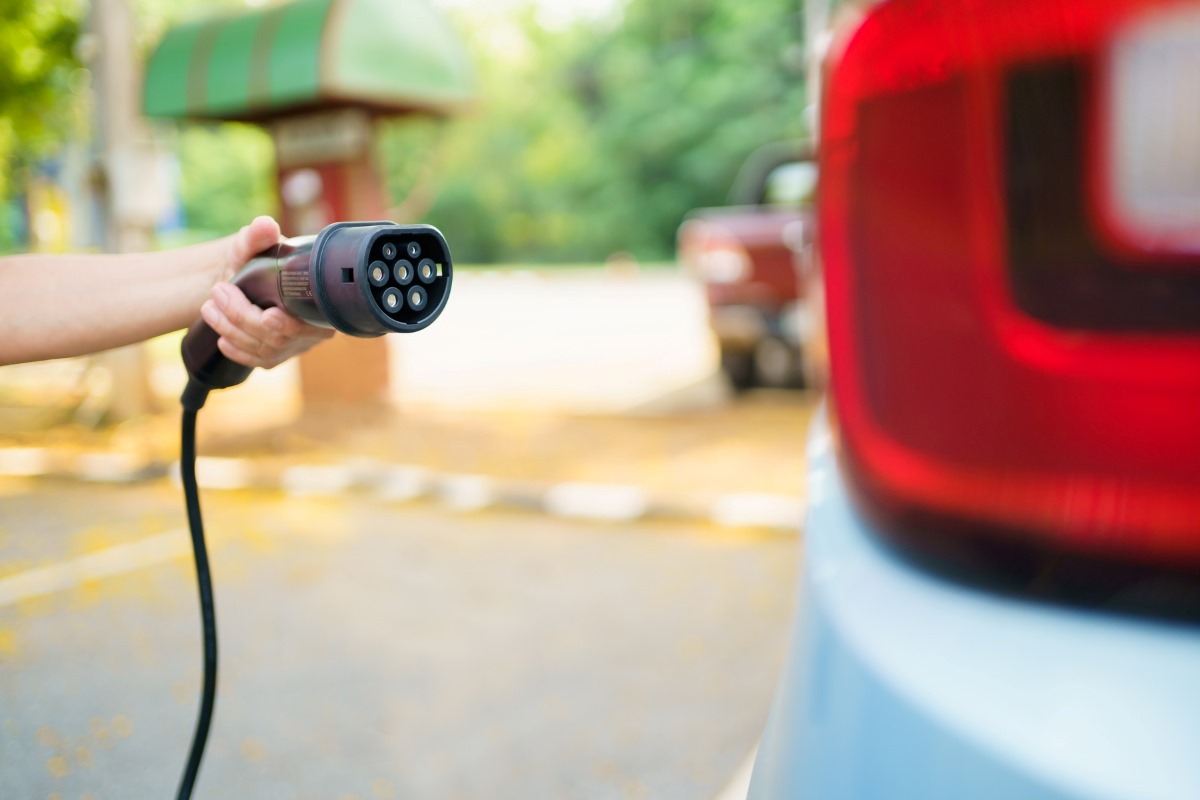9000+ Cashless Garages
1.2 Cr+ Policies Sold

9000+ Cashless Garages
1.2 Cr+ Policies Sold



Car insurance Online, Up to 90% Discount
It's a Brand New Car

Electric cars are everywhere now, and demand for them is increasing rapidly daily. So, if you are planning to purchase an EV car, you need to know about the different types of chargers, as each one has its own advantages, from primary Level-1 charging to DC charging. Knowing the differences between charger types helps you select the best solution based on your needs.
Continue reading to learn more details about different types of EV chargers, their features, and usage, which will help you select better charging options.


Electric mobility has grown beyond a trend that is more of a paradigm shift in our thought process regarding transportation and energy consumption. With technological improvements and increasing awareness of the environmental factor, electric vehicles are growing on our roads at all times.
However, it is crucial to embrace this revolution to understand how to charge these vehicles fully. The entire ecosystem of an electric vehicle is dependent on charging infrastructure. First, there are chargers that customers can plug in at home when they're not in public stations.
There are various types of chargers that you can use to charge your EV vehicle. These include:
A Level 1 charger is the simplest type and is always in a standard household outlet. It works at a 120-volt rating using a standard three-pronged plug and is accessible to most homeowners. Below are a few key points to remember:
Level 2 chargers prove to be more efficient, offering faster charging times compared to Level 1 chargers. They operate at 240 volts and are normally used in homes, commercial spaces, and even public stations. Below are a few things to remember regarding Level 2 chargers:
The DC fast charger is the quickest charging option. It charges direct DC within the charging unit, allowing higher power levels than the other chargers. A few things to remember about DC fast chargers are mentioned below:
Portable chargers are an informal choice for owners to refuel their EVs if they cannot access the standard charging stations. Portable chargers can be plugged into 120-volt household outlets and provide Level 1 charging, though they are built to be portable.
This technology remains at the infancy stage but will continue to attract growing interest in the EV market. It uses electromagnetic fields to transfer energy between a charging pad placed on the ground and a receiver in the vehicle. A few things to keep in mind about wireless chargers are:
Public charging stations typically consist of a combination of Level 2 and DC fast chargers. They are located in shopping centres, parking garages, and along highways, which makes them easily accessible to EV users. Below are some points to know about public charging stations:
With the electric vehicle market increasing, knowledge of the various EV charger types is crucial in making decisions that will allow for informed requirements for your charging needs. Each has advantages and uses, from Level 1 units for home use to DC fast-charging units for longer cross-country drives.
To select an appropriate charger, one must consider usage, daily mileage, and accessibility to charging infrastructure. With rising technology, new charging solutions, like wireless charging devices, will be introduced on the market, making it even more effortless for EV owners to use their vehicles.